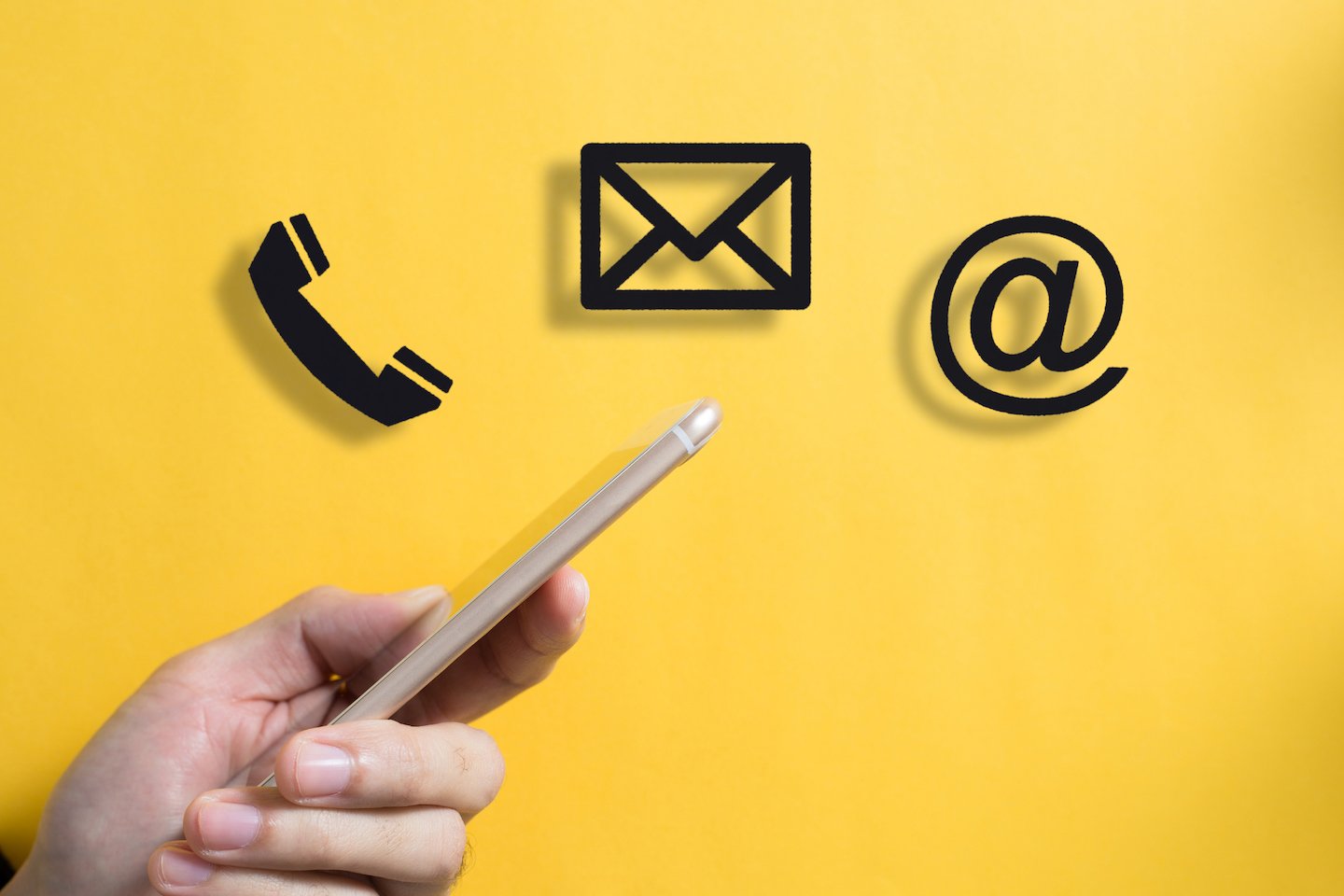The success of your business depends on finding out who your customers are, what their needs are, and why they want to buy from you.
Here's how to find out if you're targeting the right customers.
Many companies create fantastic products and services, together with enthralling marketing content, but then somehow the profits are not on par with all the effort put in. So what has gone wrong? Some companies are unable to identify their target markets. Do you know what your customer looks like? No matter what line of business you are in, it is vital to know your customer or your profits and reputation will suffer. Here's how to target the right customers.
1. Identify Your Primary Customer
To target the right customer you need to look at their ability to deliver profits, generate revenue and unlock value. You need to spend time analyzing the relative profitability of various customer types and ensure you only target those that will be a boon to your business. You should ask yourself the following questions: How valuable are they to me? How interested are they in purchasing from me? Will they offer repeat business? Once you have narrowed that down, you need to look at the commonalities between your best customers. For example, you should formulate questions that that allow you to hone in on your customers' identities so that you can target them as a group. You should ask questions like: Are they from specific industries or niches, geographic areas, income, age, gender or interest groups? Are they individuals, public companies or private companies? Once you’ve discovered the common thread that meshes your very best customers together, you can start to apply this criteria to target the right customers.
2. Discover Your Customer's Needs
As much as it is vital to know your customers' identities, you also need to know their needs. Focus on discovering what your business can offer your best client so that you can stay ahead of competition. Questions you need to ask here are: do you provide a specialised service to them? Do you offer a range of flexible products? What is it that they want but are not getting? Once you have begun to uncover some clues, in order to gain a deeper understanding you should leverage data on customer buying habits, preferences, and search activities. Data analytics is a crucial tool for recognizing and responding to your customers' needs. By collecting data or buying off-the-shelf reports you can use customer intelligence to guide product research, make marketing decisions, improve your website etc., thereby targeting the right customer.
3: Align Your Business Model
In order to target the right customer you business needs to be run in a way that reflects your customers' values and needs. There are many ways you can do this. For example, if your best customers require expert technical knowledge, you should allocate your resources accordingly, whether it is investing most of your budget into R&D, if you are offering state-of-the-art products, or allotting a large proportion of your budget for hiring the most qualified staff, if you are offering a specialized customer service. If your customers prioritise on-going, reliable customer service, then you should maximize expenditure on customer-facing services, making sure you hire the right people, train them with care whilst reducing back office costs. On the other hand if your customers value low prices, you will want to reduce what you spend on customer care and increase your expenditures in centralized operating functions, for example merchandising and distribution.
Are you looking for solutions to make management easier? Intelligent Office has time saving solutions to help your business grow, learn more today!


